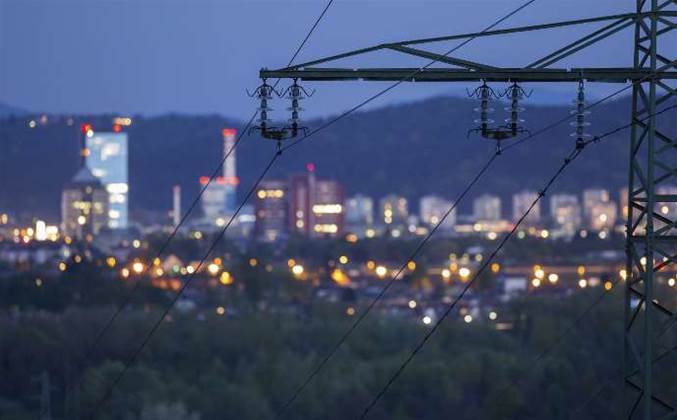Streamline to Safeguard: Attain Genuine Assurance with Transparent Answers.
We independently review everything we recommend. When you buy through our links, we may earn a commission which is paid directly to our Australia-based writers, editors, and support staff. Thank you for your support!
Quick Overview
- Understanding is vital for navigating the intricate cybersecurity environment.
- Locating a trustworthy cybersecurity collaborator can yield vital insights and approaches.
- Excessive dependence on AI and automation might elevate risk without human intervention.
- Proficient security is centered on recognizing and prioritizing genuine threats over merely fulfilling compliance requirements.
- Learning and transparent communication are fundamental to a successful cybersecurity plan.
Clarity as the New Trust Currency
In the current cybersecurity environment, where intricacy is predominant, clarity stands out as the most treasured resource. It doesn’t stem from a dashboard filled with notifications or compliance metrics but from grasping the overall perspective. By taking a step back, organizations can pinpoint what is genuinely significant and tackle those priorities efficiently. As Kidlin’s Law indicates, clearly articulating the issue constitutes half of the solution.
Engaging a truthful partner who can provide impartial insights is vital. They can challenge preconceptions, pose relevant inquiries, and deliver practical guidance to mitigate risks instead of complicating matters. Amidst a marketplace crowded with distractions, top collaborators concentrate on executing the correct actions for the right motives, rather than promoting a range of unneeded solutions.
Moving Beyond Product Lists and Compliance
A credible cybersecurity partner understands that security transcends the quantity of tools or compliance items completed. Although adherence to compliance is essential, it should not induce complexity without measurable advantages. Blindly following standards can introduce risks, such as employees circumventing excessively strict controls. The appropriate partner assesses whether a control is practical for users and if it truly mitigates risk.
Human Oversight in an AI-Driven Era
Automation and AI present considerable possibilities for security, but they should not replace human oversight. Some service providers overly depend on AI, which can be perilous. While AI can boost efficiency, it cannot substitute human judgment and responsibility. Seasoned human professionals are crucial for validating results, interpreting context, and making well-informed choices.
Learning Instead of Escalation
Education serves as a crucial, yet frequently neglected, offering from cybersecurity partners. Beyond training sessions, it entails candid discussions to comprehend and tackle real issues. A genuine partner formulates a practical strategy that can be effectively communicated to stakeholders. They clarify complexities, providing guidance based on actual requirements rather than speculation.
Cybersecurity: An Ongoing Journey
Cybersecurity is not an off-the-shelf product. It is a continuous endeavor of constructing, refining, and adjusting strategies with clarity and business realities at the forefront. Despite the tumultuous landscape, possessing clarity with the right partner ensures organizations understand their position.
Conclusion
In the rapidly changing realm of cybersecurity, clarity is paramount for effective protection. By collaborating with genuine experts, organizations can navigate complexities, lower risks, and concentrate on substantial solutions. Human expertise, ongoing education, and strategic clarity contribute to authentic security.











